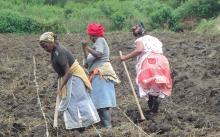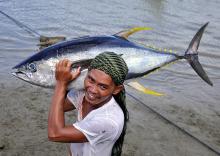Land Library
Welcome to the Land Portal Library. Explore our vast collection of open-access resources (over 74,000) including reports, journal articles, research papers, peer-reviewed publications, legal documents, videos and much more.
/ library resources
Showing items 1 through 9 of 57.Following the end of apartheid, South Africa’s government set itself ambitious goals with a planned land reform. However, there have since been barely any changes in the country’s agricultural structure, and the positive impacts that were hoped for on rural livelihoods have hardly materialised.
Family farms are especially well suited to meet the challenges of labour organisation in agriculture. In early stages of development, they play a particularly important role in creating productive employment for the major share of the population.
For a long time, the agricultural policies of the Mercosur states ignored family farming, focusing on promoting individual crops and export production instead. Rural development was not on the agenda. Only after the turn of the millennium did a process of rethinking set in.
Providing extension and advisory services is expensive. There are salaries to be paid, transportation and operational funds to be provided, buildings to be rented or built, demonstration plots to maintain, and continued education to be offered to the extension staff.
Publicly elected women representatives in India ought to take advantage of their influence to defend women’s rights.
The livelihoods of many rural dwellers are dependent on having secure and equitable access to land. Tenure security is also a prerequisite for sustainable land management. The massive interest of commercial investors has increased the pressure on land globally.
Rural markets are important traditional institutional frameworks which perform a number of key functions in rural societies. Our author presents the major ones in Nigeria.
Not only is biodiversity a valuable asset, but it also represents a possible source of income for rural communities. The article shows how Peru is making use of this potential in the context of the BioTrade concept to sustain both, rural livelihood and conservation of native biodiversity.
Agriculture is the basis for the livelihoods of the rural Congolese population. Yet despite its considerable potential, the sector and its many smallscale producers are barely served by microfinance institutions.





